The History of Necchi
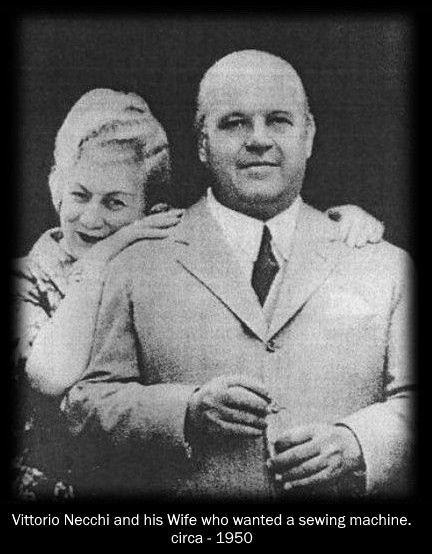
The earliest origins of the industrial Necchi brand began in Pavia, Italy with Ambrogio Necchi in 1880 when he undertook running daily operations of a foundry inherited from his family which employed 170 workers and built cast iron spare parts for machinery. In 1919 when his son, Vittorio Necchi returned to his home after World War 1 his mind was not on sewing machines but rather how to make a living in a war torn country suffering from massive inflation and unemployment.
Since money was hard to come by he took his inspiration from his wife’s request for a new sewing machine and decided that he would use the foundry to start making sewing machine castings.
Many people believe that he copied the most popular and reliable brand of the day which was the Singer Model 15 and some of the earliest machines tend to bear this out. But it did not take long for this Italian craftsman began putting his own romantic touches and European flair into the designs being produced in the newly renovated Necchi Sewing Machine Company.
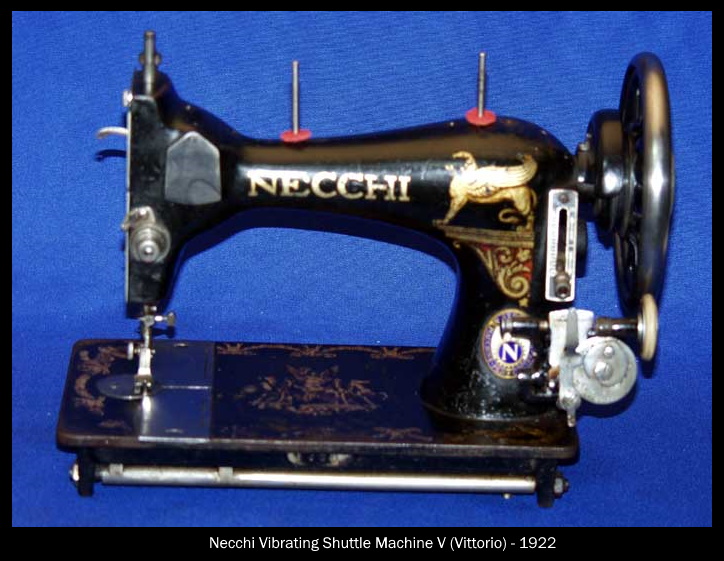
The Necchi BD was one of the first of the machines produced in 1924 but Necchi also produced the Necchi Vibrating Shuttle Machine V (Vittorio) in a very limited quantity around 1922 but decided that the 15cl was a better fit for them to build on. With a total of 40 employees in 1926 they were producing nearly 20,000 machines a year and exporting more than 2,000 to countries world wide. The BDA (Bobina Domestica Articolata) also began production around 1930.
In 1932 Necchi made history by developing the first Zig-Zag, machine for domestic use, while it was developed in the 19th. century it had only previously been used in industrial machines. Singer was not to achieve this mile stone with the Singer 206K, introduced in 1936. The first Necchi domestic zigzag machine was RZZ (rotativa zigzag) followed by the BDU, then post WW2 BU model and then the BU Nova.
Best evidence shows that during World War 2 under Mussolini that the Necchi foundry was allowed to continue producing sewing machines on a limited basis being deemed essential to the war effort as well as tasked for making military parts. Against his best interests Vittorio made sure that all of the castings that were used in war were of an inferior grade and almost unusable which frustrated the Axis powers that allowed him to continue his primary business objectives of making sewing machines.
Because of the price of scrap metal and it’s availability on post war Europe as well as the Marshall Plan also known as the European Recover program which gave over 100 Billion in today’s dollars for reconstruction, Necchi quickly flourished and not only expanded it’s industrial sewing machine division it entered into the cabinet market making high quality furniture for sewing machines that also reflected the European taste for form and functionality that Necchi had made it’s brand.
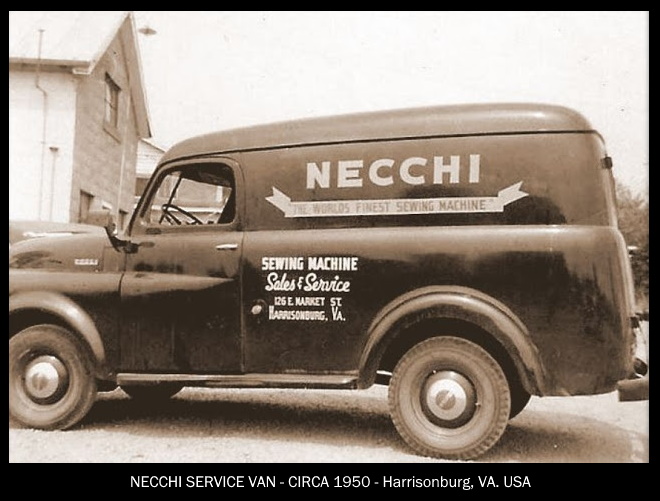
In 1946 Necchi employed over 4500 workers and was producing over 1,000 machines per day and selling to more than 10,000 retailers world wide. It is estimated at their height of popularity Necchi held more than 40% of the European market share.
Leon Jolson made a huge impact on Necchi’s U.S. presence. Jolson was a Polish Holocaust survivor who went from a destitute American immigrant to a wealthy entrepreneur within three short years of arriving in New York in 1947. According to Sincere’s History of the Sewing Machine, in 1949, a year after he started importing Necchis, Necchi Corporation USA began importing Elnas. Their free-arm machines complimented the existing Necchi line and Leon Jolson copyrighted the trademark “Necchi-Elna Sewing Circle” for use by his dealers.
The 1950s ushered in, without a doubt the golden era for Necchi not only in functionality but also elevated its already curvy European design into the stratosphere of high art.
In 1952 Necchi introduced the Wonder Wheel that allowed cams to be used for decorative stitches.
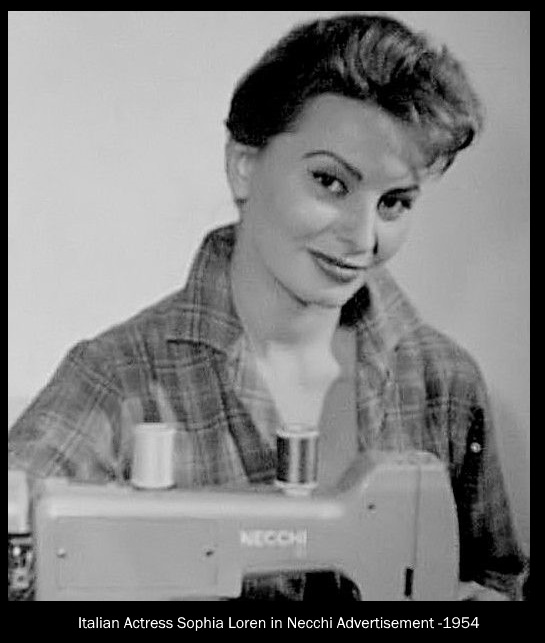
In 1954 Necchi introduced the BU SuperNova and in 1955 the Automatic SuperNova both of which were the first if not one of the first machines with optional 2 speed motors available as well as drop in cams for decorative stitches. These features alone left the rest of the worlds sewing machine manufacturers scrambling to keep up with Necchi and their already world renowned designs.
True to his sense of style and being the king of the “Curvy” machine, in 1955 Vittorio enlisted the equally curvy super star Italian actress Sophia Loren as their company spokes person and featured her in the SuperNova ads making it instantly popular world wide.
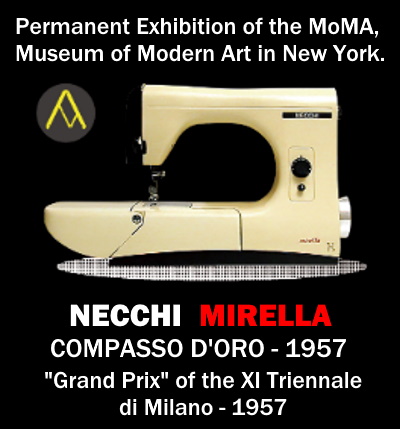
Necchi won several design awards for the SuperNova Series as well as the Mirella Series in 1956 both of which were designed by Italian Artist Marcello Nizzoli (1887-1969). But it was the Mirella Series that won the “Compasso d’Oro” and the “Grand Prix” of the XI Triennale di Milano and obtained the highest recognition in the field of industrial design by joining of the permanent exhibition of the MOMA, Museum of Modern Art in New York.
Unfortunately by the end of the 1950’s with the incursion of the Japanese manufacturers both in Europe and the U.S. and flooding the market with machines far cheaper than most companies could compete with Vittorio had to make a decision that was if not the the death knell for Necchi certainly their road to perdition.
He had for a long time refused to diversify into other products as many other sewing machine manufacturers had as the market share shrank and in 1959 was forced into an agreement to produce refrigerator compressors to remain solvent. Since the compressor is the most expensive part of any refrigerator (which all of the manufacturers already knew) he was at the mercy of the free market and bidding wars to make them and since he was only a sub-contractor he could only realize a small slice of the products profit unlike sewing machines where he was the sole manufacturer to reap the rewards.
Sadly though even after dipping into his own fortune on many occasions there was just too much debt to be over come due to the shrinking market.
One of the last Machines that Vittorio actually had a hand in the design and production of was the 582 Sylvia – produced from 1973-78.
Vittorio Necchi died on November 17, 1975 after several years of bad health and having no children and only his sisters surviving him (who had little to no interest in running the company) it was placed into bankruptcy.
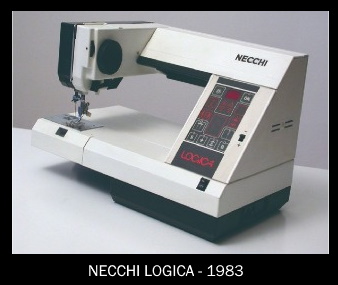
After several attempts at revival and being sold several times one last machine was produced by Necchi in Italy with anything close to the flair that Vittorio was so well know for. The Necchi “LOGICA” with electronic control panel, designed in 1983 by Giorgetto Giugiaro and while it was a decent machine it was too little to late and was the last Necchi made in the old family Necchi foundry. It was also one of the few machines made by Necchi in all of their years that they branded to an outside company (Sears Kenmore as the Sensor Sew 100) to increase their revenues.
What remains of the old foundry is derelict and much of it has been sub-divided into residential lots.
One thing that cannot be denied is that the company Vittorio Necchi started on the idea of making his wife a new sewing machine has touched almost every aspect of the modern market in the needle trades. And the innovations in both form and function will be the legacy that lives on in the VSMs he produced in a scant 56 years of running Necchi.
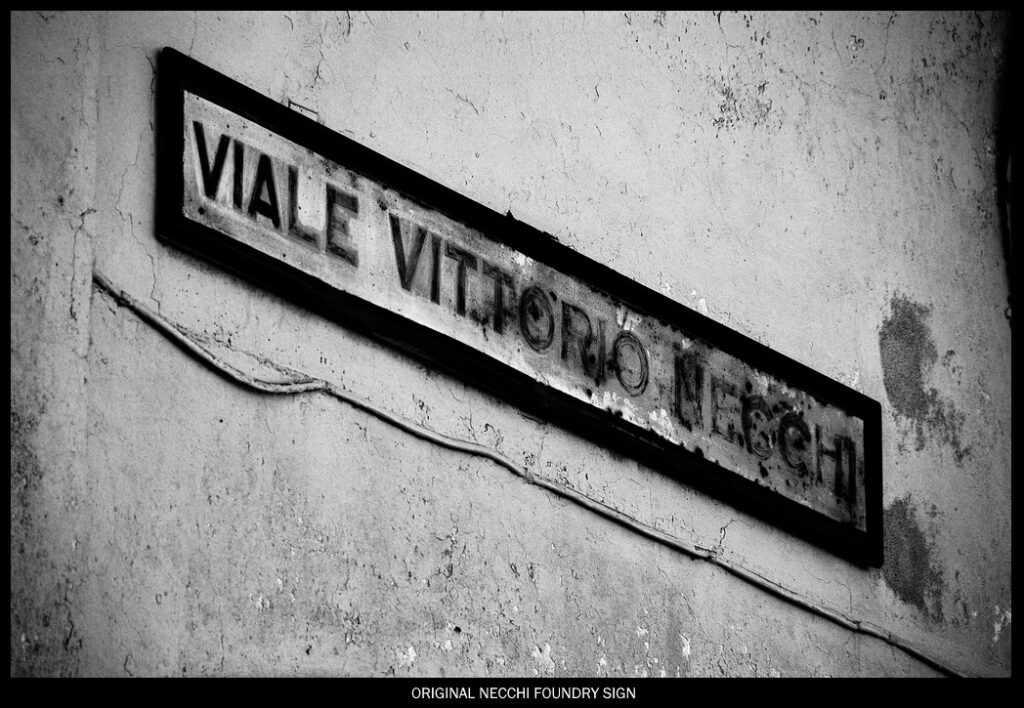
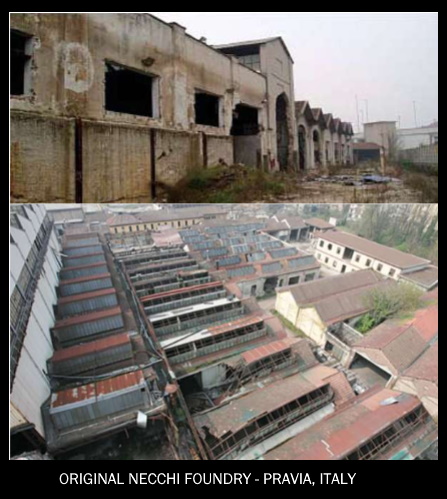
Please note: Due to a factory fire there are few remaining factory records available. The list below is all that is provided by Necchi.


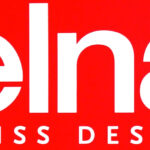
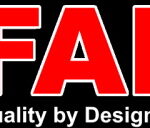
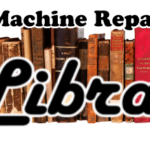
One thought on “Necchi VSM Dating Data”